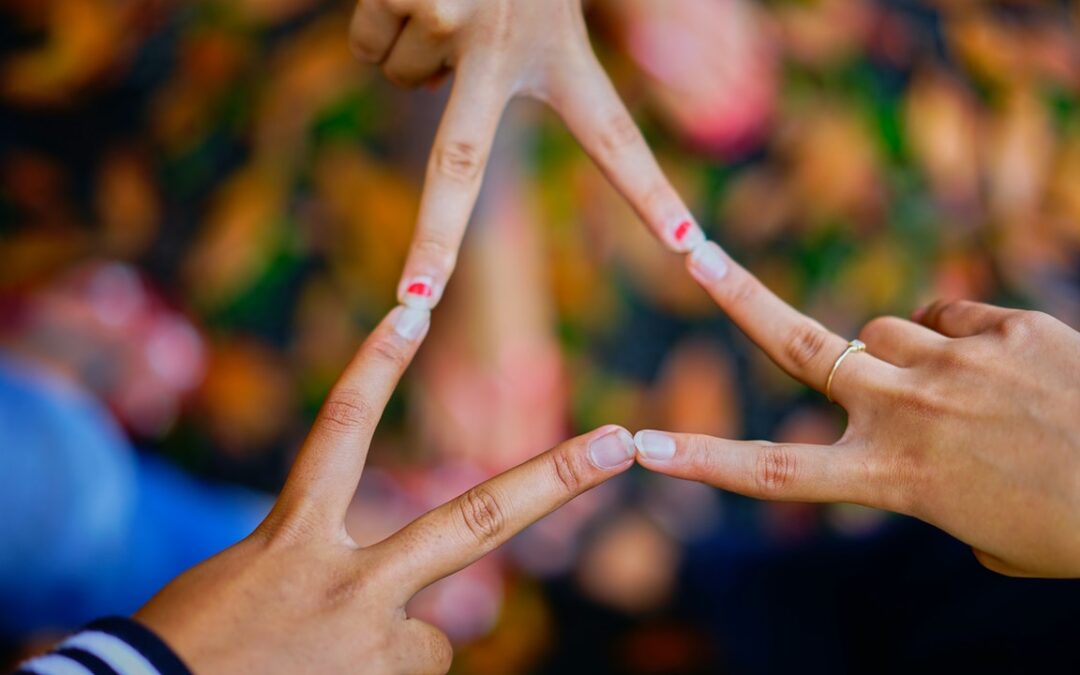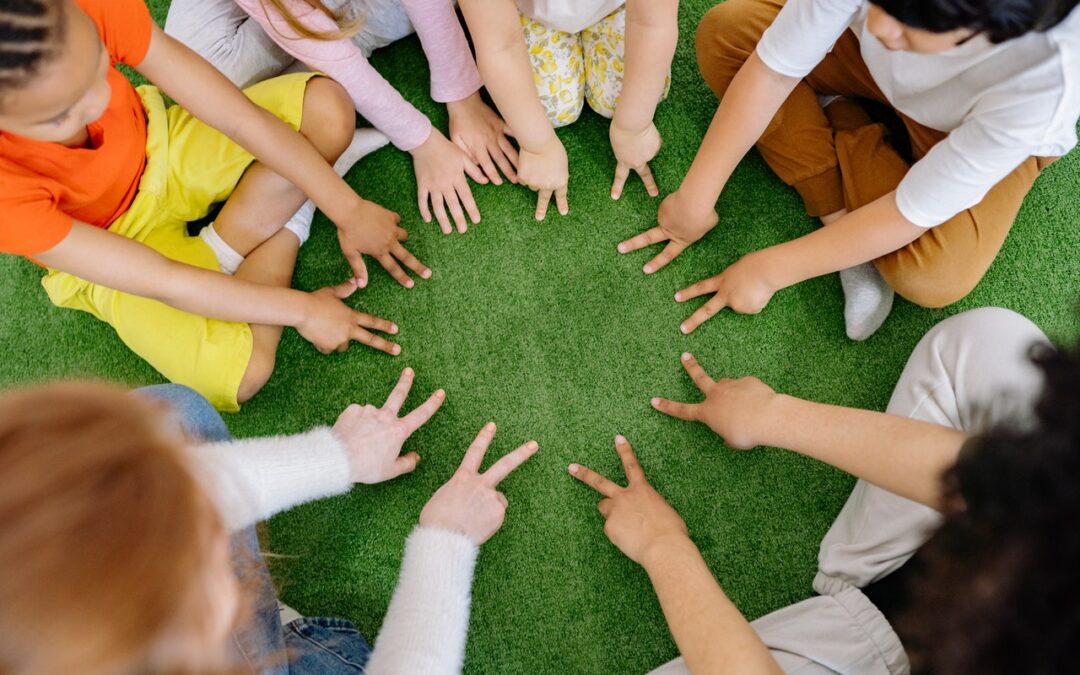
Society 2045 Achieving Harmony Through the Connection Practice
Society 2045 Achieving Harmony Through the Connection Practice
What has been overlooked for many years gained importance during the current pandemic: mental health. Being stuck in homes has hampered many people’s mental and emotional wellbeing. As a society we must find a way to be more supportive to the mental health needs of each other. Society 2045 discovered a movement well underway to achieving this goal.
This past summer, Society 2045 had a series of interviews with change makers seeking to improve the way society works.
Society 2045 is a community of people from around the world seeking to co-discover a vision for the year 2045. The goal is to connect with leaders of emerging communities and movements across society and come together to co-create a better future.
In an interview with Rita Marie Johnson, founder of the Connection Practice we discovered that she grew up in Missouri on a farm. She ended up living in Costa Rica for about 25 years, and it was there she began to develop a social-emotional learning method called the connection practice.
Rita brought it into the Costa Rican public schools with the support of President Oscar Arias, a Nobel peace prize laureate. She says she was fortunate as a Missouri farm girl with bad Spanish to be able to do that in Costa Rica. “It was miraculous” She ultimately decided to see what she could do to create a different world and positively impact elsewhere.
The connection practice is an organization that focuses on inner wellness and supports children and adults with a scientific methods to enable connection with themselves and others. Their mantra is empathy + insight = connection.
The Vision
Rita believes that being in touch with our needs is crucial in creating a future vision for ourselves, especially when working with our feelings. It plays a vital role in creating a world of greater harmony and creativity that we want for our children. However, being in touch with our feelings is one thing, but healing from trauma is also essential to establish a deeper connection.
The Practice
Through the connection practice, people can have all their painful memories erased. Thus, their innocence restored. There are many ways to heal those memories so that we do not keep passing on generational pain. It has a vision for turning generational pain into generational peace.
“Pain and trauma have a way to become generational inheritance, unless we heal and turn them into peace we can pass down to our children.”
That is the aim of connection practice. When we sit down under a tree and hear each other, it establishes a deep listening and connection. Understanding and empathizing with each other is essential. That is part of the connection practice’s vision for the future — being connected to ourselves, others, and nature.
Using creativity that can be tapped into at will, is taught in the connection practice. This practice not only allows access to creativity individually but also works best with teams.
When children follow the connection practice, they learn how to connect internally and externally. These children teach the same to their parents and guardians.
“Children can teach adults so much about connection and healing, if given the proper tools.”
The Effects
When we learn to connect individually as well as live as a connected family, we reciprocate this in every sphere of our lives, including work. Therefore, now we can collectively solve the challenges before us instead of spinning out of control and being divided by wars.
To remain divided is genuinely a waste of potential human innovation and energy. Then same energy can be focused with connection practice and can help us become transformers. Thus, with connection practice, we spend less time suffering and more time in the practice of joy, actualizing and creating in ways that work for everybody.
The connection practice starts with a clean slate, and lets people come in, and lets them learn how to connect with themselves and their surroundings.
“Being able to connect with your surrounding in nature is a beautiful experience, we can harness as we connect with other people.”
Managing Conflicts
Organize people into groups focused on similar goals and you’ll have conflicts. No organization is immune from conflict. Churches and even spiritual communities are hotbeds of conflict. No matter how hard one tries to avoid them.
Conflict cannot be avoided.
It is how you act on the conflict that is 100% dependent on you. It is tied to your ability to practice empathy, discernment (insight), and it’s tied to your motivations.
Many who practice God fearing love, tend to be more prone to find solutions to conflict as they rise above personal egos. For others who may not be connected to their community that way, the connection practice provides helpful practice boards to solve disputes.
The Future
With connection practice, we can find a fairer way of sharing resources. When we are in touch with your needs and other people’s needs, we can make strategies to fulfill those needs. This helps in creating a world where everybody can get their most basic needs met.
According to RadicalPurpose.org we have lost touch with our human needs for meaning, impacting, belonging, and becoming — causing us to build a system of work based on a paradigm of force stemming from the belief that people are inherently flawed, stupid, and lazy.
Our current system of work comes from an antiquated paradigm that is causing tremendous organizational dysfunction and personal suffering.
“It’s unsustainable to continue working in a system of rules built on force.”
As people we need to co-create a way of working and being together that meets our needs, and this can only come by learning to live in harmony. We can look to nature for many lessons about interdependence on how to effectively do that.
Rita’s vision for a more connected society in 2045 is groundbreaking. It will be amazing if we are able to achieve her vision in the coming years. Check out the interview here:




Recent Comments